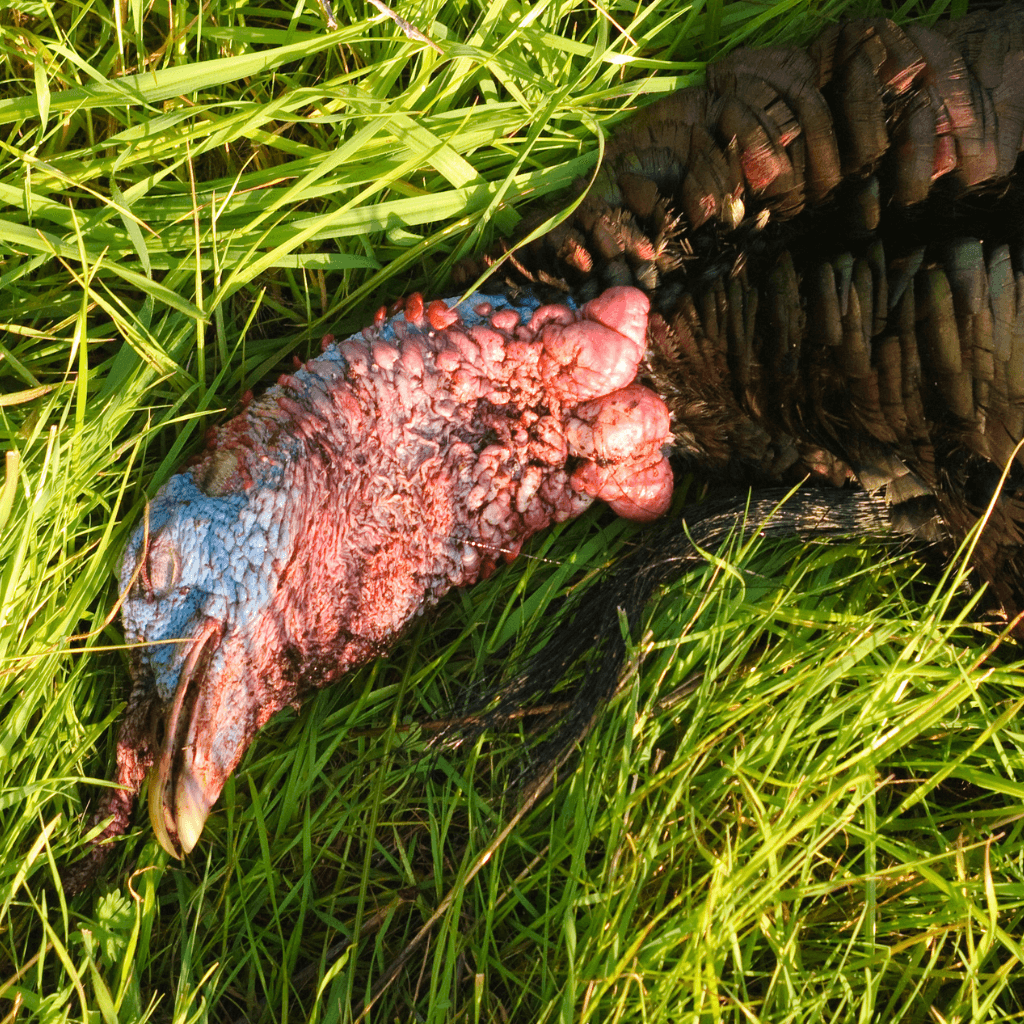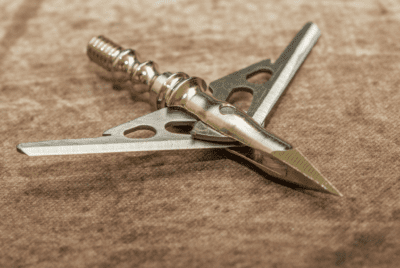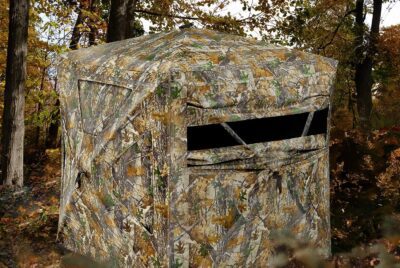Where to Shoot a Turkey with a Bow – Find your Aim for a Perfect Shot
I understand the importance of proper shot placement when it comes to harvesting game ethically and effectively. In this article, we will delve into the topic of where to shoot a turkey with a bow. By understanding the vital organs and optimal shot placement, you can increase your chances of a clean and humane kill.
Introduction
Turkey hunting with a bow requires skill and precision. Unlike firearms, bows have a shorter effective range, making shot placement crucial for success. Striking the vital organs of a turkey ensures a quick and ethical kill, minimizing suffering.
The Anatomy of a Turkey
Before we discuss where to shoot a turkey, it’s essential to have a comprehensive understanding of their anatomy. Turkeys have distinct features that every hunter should be familiar with.
The Head
The head of a turkey is a striking feature, adorned with a fleshy protuberance known as the “snood” and a cluster of bristle-like feathers called the “beard.” For those skilled enough, a well-placed shot to the head can be an effective method of hunting, but it requires the utmost accuracy.

The Body
The chest cavity of a turkey houses the vital organs. This area, located just above the legs and slightly forward, is where an ethical hunter aims to strike. A well-placed shot in this region targets the heart and lungs, swiftly incapacitating the bird.
Understanding Shot Placement in Archery
Importance of Proper Shot Placement
Proper shot placement is essential in archery hunting. It ensures a quick and humane kill while reducing the risk of injuring the animal without a clean harvest. By targeting vital organs, we can maximize the chances of a successful hunt.
Factors to Consider
Before we discuss where to shoot a turkey with a bow, it’s important to consider a few factors. Distance, angle, and broadhead selection are critical components to take into account when planning your shot.
Where to Shoot a Turkey with a Bow
Vital Organs and Their Locations
To make an ethical shot on a turkey, you must be familiar with the location of its vital organs. The two primary areas to target are the turkey’s head and its body.
In terms of the head, the ideal target is the turkey’s wattles and beard. These fleshy appendages are highly visible and can serve as a precise aiming point. However, it’s worth noting that this shot requires exceptional accuracy and should only be attempted by experienced archers.
For body shots, the turkey’s vitals are located in the chest cavity. Aim for the area just above the turkey’s legs and slightly forward. The goal is to hit the turkey’s heart and lungs, which will incapacitate the bird quickly.
Optimal Shot Placement
For most archers, targeting the turkey’s chest cavity is the recommended shot placement. This ensures a larger target area and a higher likelihood of hitting the vital organs. Aim for the middle of the chest, slightly above the legs, and avoid shooting too low, as this may result in a non-lethal shot.

Effective Techniques for Ethical Turkey Hunting
Drawing the Bow and Aiming
When preparing for the shot, it’s crucial to draw your bow quietly and without alerting the turkey. Take your time to ensure a steady and controlled draw. Once at full draw, focus on aiming precisely at the desired target, whether it’s the wattles or the chest cavity.
Shot Placement Considerations
Aside from aiming at the correct spot, it’s important to consider other factors that can affect shot placement. Pay attention to the turkey’s posture and angle to adjust your aim accordingly. Additionally, be aware of any obstacles or obstructions that may impede the arrow’s path.
Advanced Shot Placement Techniques
While the chest cavity is generally the recommended target area, there are additional techniques that can further enhance your chances of a clean and humane kill.
Understanding Turkey Behavior
Observing the behavior of turkeys in the wild can provide invaluable insights into where to position yourself for an optimal shot. Understanding their feeding patterns, mating rituals, and preferred roosting spots can help you anticipate their movements.
Adjusting for Distance and Angle
In the field, you’ll often find yourself faced with varying distances and angles. It’s crucial to be adept at making adjustments to your aim based on these factors. This is where hours of practice on the range pay off, as your muscle memory will guide your movements.
Adapting to Environmental Conditions
Weather and terrain can significantly impact the flight of an arrow. Wind speed and direction, as well as the presence of foliage, all play a role. Being attuned to these environmental factors will help you make real-time adjustments for a more accurate shot.
Ensuring a Clean and Humane Kill
As responsible hunters, it’s our duty to prioritize a clean and humane kill. After taking your shot, observe the turkey’s reaction closely. If the shot was well-placed and effective, the turkey should display immediate signs of being hit, such as flinching or dropping its wings. However, if the turkey shows no signs of being hit or begins to move away, it’s crucial to resist the temptation to take follow-up shots. Instead, wait patiently and allow the turkey time to expire before approaching it.

When approaching the downed turkey, exercise caution and be prepared to administer a finishing shot if necessary. Ensure that the turkey is no longer displaying signs of life before proceeding with field dressing and other necessary steps.
Remember, ethical hunting practices prioritize clean and humane kills. Always strive to make accurate shots and be prepared to follow up if needed. This approach not only respects the animal but also contributes to the conservation of wildlife and the sustainability of hunting practices.
The Ethics of Bowhunting
As responsible hunters, we bear the responsibility of ensuring our pursuits are conducted with the utmost respect for the animals we seek. This extends beyond shot placement.
Practicing Patience and Restraint
In the excitement of the hunt, it can be tempting to take a shot prematurely. However, exercising patience and waiting for the perfect moment is a hallmark of ethical hunting. Rushed shots can lead to wounded animals and unnecessary suffering.
Field Dressing and Beyond
Once a successful shot is made, the hunter’s duties are far from over. Proper field dressing ensures that the animal is processed with care and respect. Additionally, the meat is preserved for consumption, reducing waste and honoring the life that was taken.
Contributing to Conservation
Responsible hunting is not only about personal gratification but also about contributing to the broader conservation efforts. Hunters, through their licenses and fees, fund conservation programs that protect and preserve natural habitats and wildlife populations.
Conclusion
In conclusion, knowing where to shoot a turkey with a bow is crucial for ethical and successful hunting. By targeting the turkey’s vital organs, such as the chest cavity, you can increase the likelihood of a quick and humane kill. Remember to consider factors such as distance, angle, and broadhead selection when planning your shot. Exercise patience and caution when approaching a downed turkey, ensuring that it has expired before proceeding. By adhering to these guidelines, you can enhance your turkey hunting experience and contribute to responsible hunting practices.
FAQs
1. Is it difficult to shoot a turkey with a bow? Shooting a turkey with a bow requires skill and practice. It can be challenging due to the shorter effective range of bows compared to firearms. However, with proper technique and shot placement, it is definitely achievable.
2. Can I shoot a turkey in the head with a bow? While it’s possible to shoot a turkey in the head with a bow, it is a highly challenging shot and should only be attempted by experienced archers. Aiming for the chest cavity is generally recommended for a larger target area and increased chances of hitting vital organs.
3. What should I do if my shot doesn’t hit the vital organs? If your shot doesn’t hit the vital organs, it’s important to resist the temptation to take follow-up shots immediately. Instead, wait patiently and allow the turkey time to expire. Approach cautiously and administer a finishing shot if necessary.
4. Can I hunt turkeys with any type of bow broadhead? Choosing the right broadhead is crucial for effective turkey hunting. It’s recommended to use broadheads specifically designed for turkey hunting, such as those with larger cutting diameters and specialized features to enhance lethality.
5. How important is it to practice before turkey hunting with a bow? Practicing regularly before turkey hunting with a bow is vital. It helps improve your accuracy, shot placement, and overall proficiency with the bow. Make sure to simulate hunting conditions as much as possible during practice sessions to enhance your skills in real hunting scenarios.





